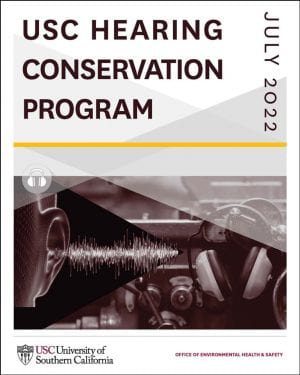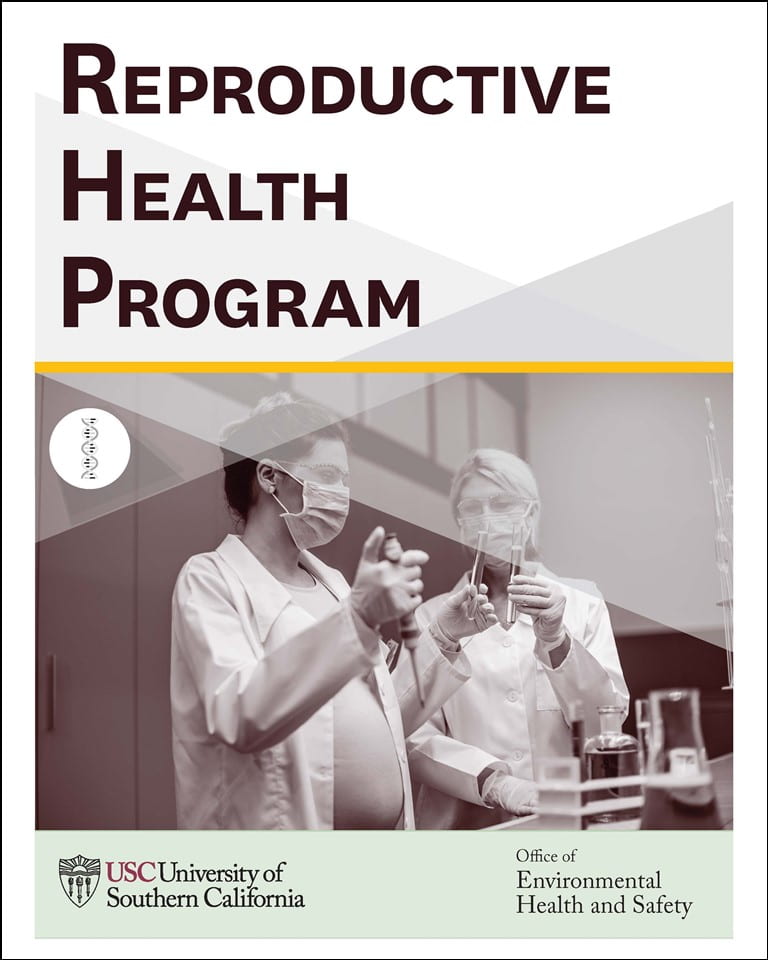“Industrial hygiene is the science of anticipating, recognizing, evaluating, and controlling workplace conditions that may cause workers’ injury or illness.” – OSHA
By state and federal laws, USC is duty-bound to evaluate and control potential occupational exposures for its employees. This is accomplished by the following Industrial Hygiene Programs:
- Asbestos Management
- Confined Space Entry
- Hearing Conservation
- Industrial Hygiene Monitoring
- Indoor Air Quality
- Lead-Based Paint Management
- Reproductive Health Program
- Respiratory Protection
Asbestos Management
The Asbestos Management program is an effective plan that manages and controls known and presumed asbestos-containing materials at the University and minimizes exposure to airborne asbestos fibers.
- Annual Asbestos Notification (Connelly Act, AB 3713)
- Asbestos Inventory – email ehs@usc.edu for more information
Confined Space Entry
Confined spaces are silos, vats, hoppers, utility vaults, tanks, sewers, pipes, access shafts, truck or rail tank cars, aircraft wings, boilers, manholes, manure pits and storage bins. Ditches and trenches may also be a confined space when access or egress is limited.
The Confined Space Program is designed to protect workers entering confined spaces to perform maintenance, cleaning, or other types of work. The Program provides information and guidelines for working with all classifications of confined spaces.
Hearing Conservation
The Hearing Conservation program provides guidance in guarding against occupational noise-induced hearing loss. Engineering controls (e.g., sound absorption materials, silencers, barriers and acoustical enclosures) are the first order of protection; hearing protective devices, the last order.
Industrial Hygiene (IH) Monitoring
The IH monitoring program is designed to determine the adequacy (or need) of controls in preventing occupational exposure. Personal and area sampling are used to measure and compare airborne contaminant levels to permissible exposure limits (PELs) established by Cal-OSHA.
Indoor Air Quality
A building’s indoor air quality (IAQ) can be impacted by internal and external workplace odors including odorous byproducts of mold. EH&S takes a proactive and systematic approach to identifying and removing (or controlling) sources of indoor air pollution at the university.
Lead-Based Paint Management
This action plan is necessary and required for USC project managers to effectively identify and remove lead-based paint at USC locations.
Reproductive Health Program (RHP)
The USC Reproductive Health Program (RHP) sets forth basic guidelines and best practices for USC faculty, staff, and students to work, study, or conduct research safely in USC facilities where possible exposures to reproductive hazards may exist. The RHP institutes additional safeguards for females who are pregnant or suspect they may be pregnant. Consult the RHP for details.
Respiratory Protection Program (RPP)
The RPP educates potential respirator users on accepted practices for respirator use, provides guidelines for training and respirator selection, and explains proper storage, use, and care of respirators. Respiratory protection equipment is the last resort in preventing harmful exposures to employees and not a substitute for other feasible control measures.



